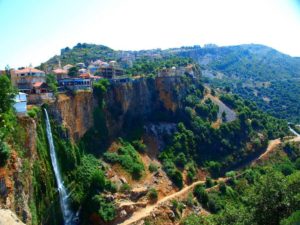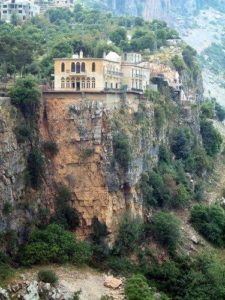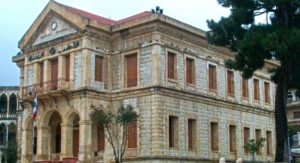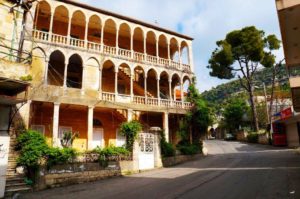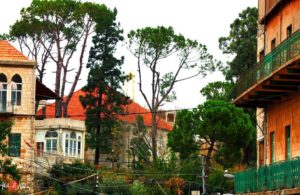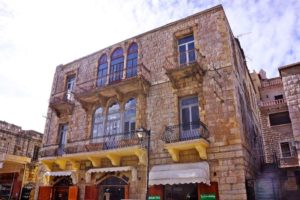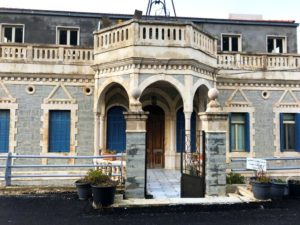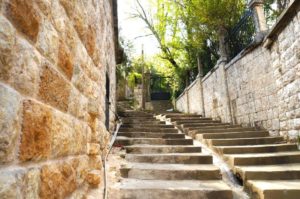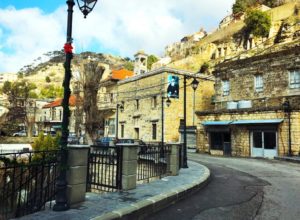CAZA:
Jezzine 950m
950m Etymology:
Aramaic-Syriac origin, "Gazin", meaning "stores, depots, reserves"It is said that Jezzine was the granary of the Phoenicians, the place where they hid their treasures. This small town-like village, famous for its cutlery craftsmanship, its 70m high waterfalls and its breathtaking view of one of the largest pine forests in the Mediterranean basin, is considered to be now the first summer destination of South Lebanon. It stands out for its remarkable buildings, including the Ottoman-style municipal palace, the Serhal Palace, which houses a collection of valuable antiques, its churches, its convents, some of which date from the eighteenth century, and its old paved souk where many cutlery artisans expose their work.
Must-do things
- The Ottoman Seraglio dating from 1898
- Mar Antonios convent built in 1774
- Mar Maroun church built on the heights of the village in the early 18th century
- Saydet el-Nabeh church dating from 1796
- Mar Youssef church with its impressive vaults, built in 1860
- The unfinished palace Serhal whose architecture is inspired by various oriental cultures
- The deep valleys and the 70m high waterfalls
- The impressive pine forest at the foot of the village
- The traditional 200-year-old cutlery craft with a bird-shaped handle
- Jezzine Summer Festival held in August, on the occasion of Saint-Mary’s celebration
- The summer festival of Jezzine in August, on the occasion of the feast of the Saint-Mary
- A variety of restaurants overlooking the waterfalls and the pine forest
- The hiking trail, section 22, Jezzine-Aaitanit, of 16 Km (LMT association)
- The hiking trail, section 21, Niha (Shouf)-Jezzine, of 11.8 Km (LMT association)
- The restaurant of la Maison de la forêt: a good Lebanese cuisine in this ecolodge located amidst the amazing Bkassine pine forest.
- The cave and the fortress of Niha (Shouf)
- Bkassine pine forest, one of the largest pine forests in the Middle East
- The Maronite convent of Saydet Machmoucheh, one of the most famous convents of southern Lebanon, dating from 1732
- The green valley of Bisri, sheltering the remains of a Roman temple
- The pleasant road leading to the labelled village of Marjeyoun

